Mastering the project life cycle: Your complete guide (+ examples)
Resource Guru
FEBRUARY 9, 2023
The project life cycle , just like a good story, has a beginning, a middle, and (hopefully) a happy end. The beginning involves the ever-so-important planning; then comes the middle, where teams complete various tasks to move the project closer to completion; and finally, an end to review what went well and what didn’t.


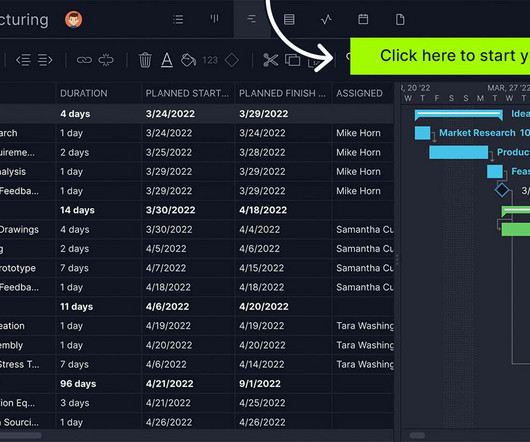
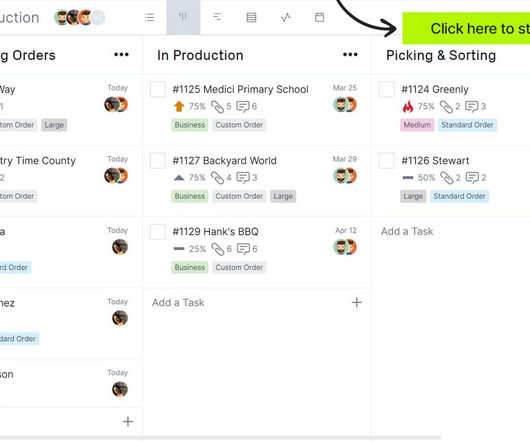
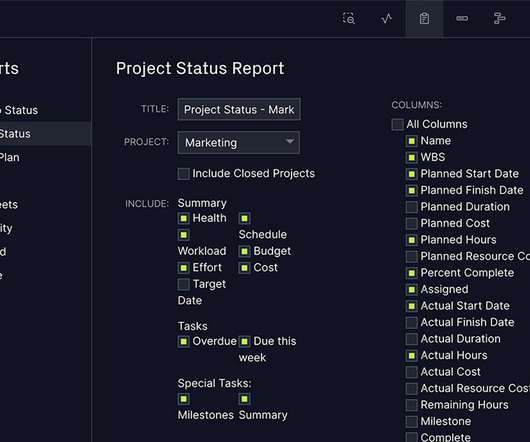
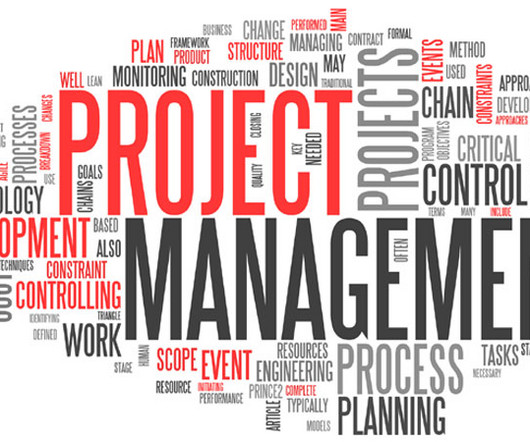

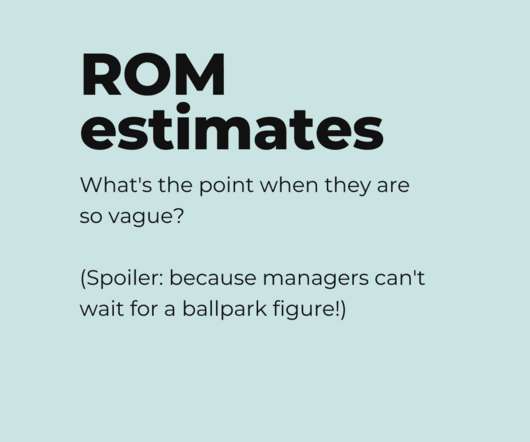


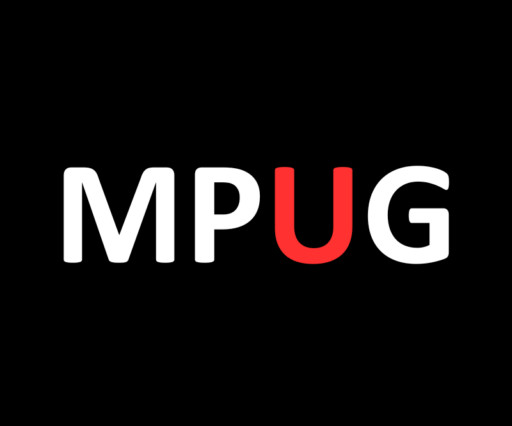

















Let's personalize your content